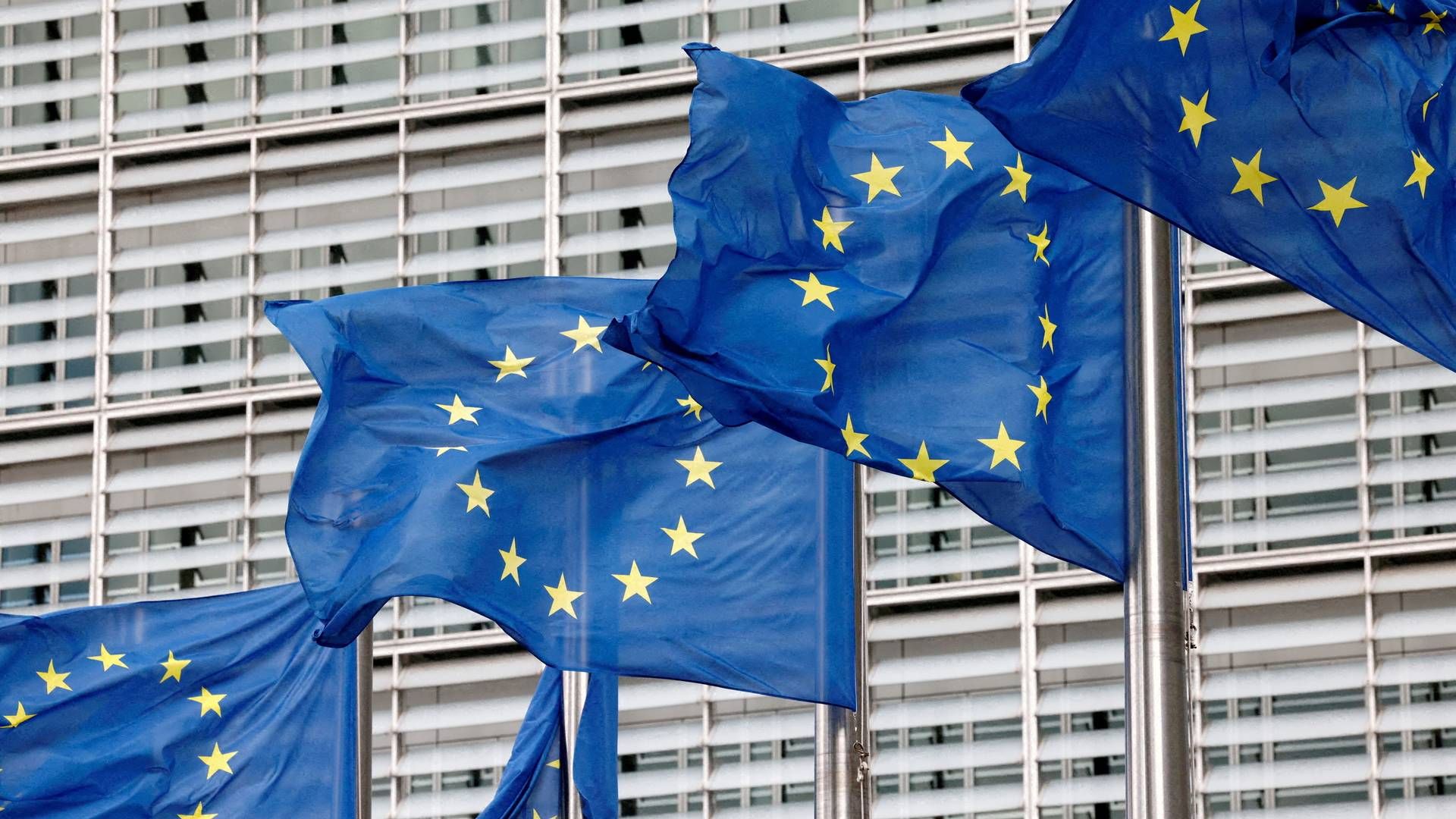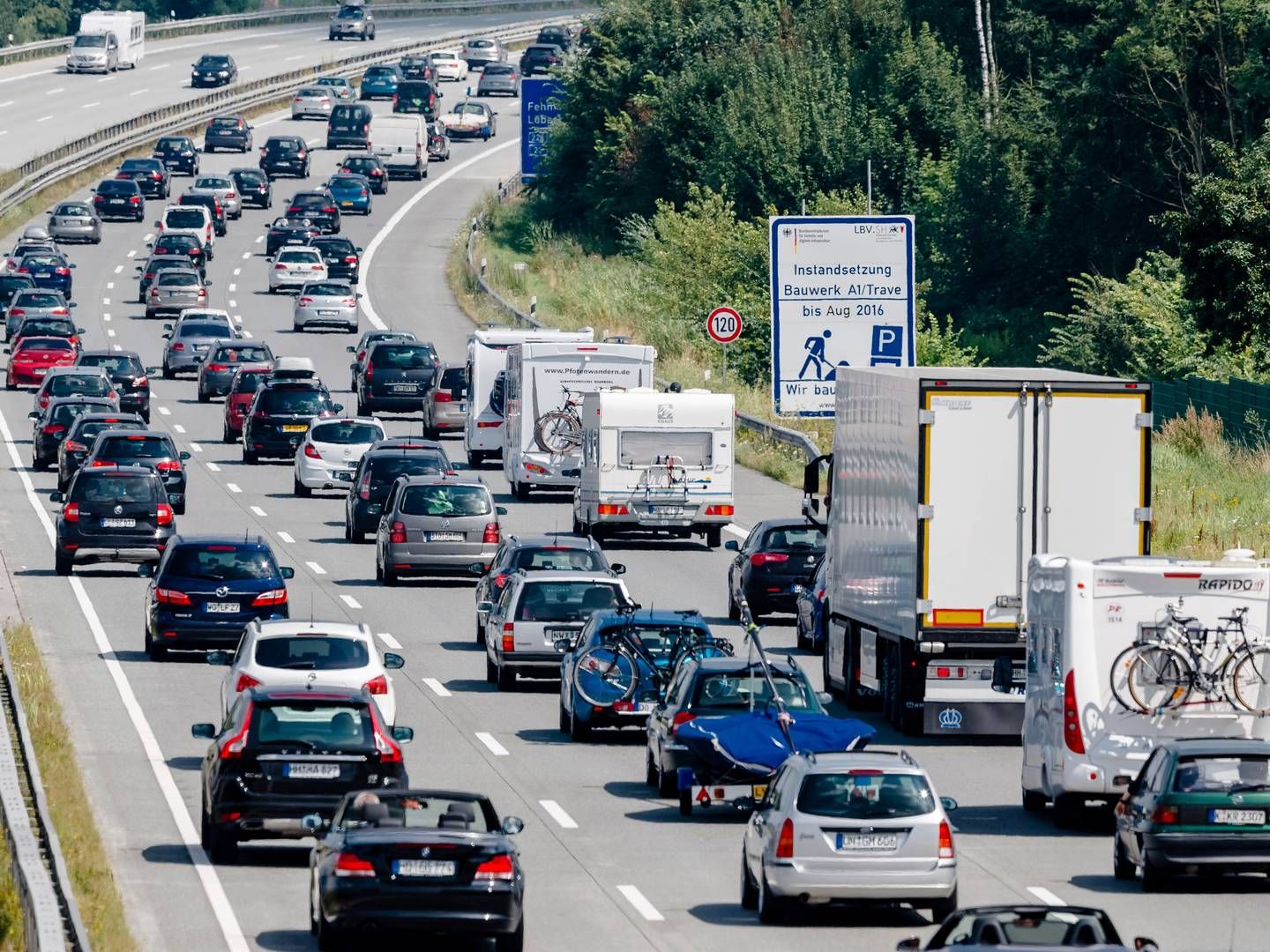EU nations introduce carbon dioxide tariff on imports

On Tuesday, EU member nations approved a special mechanism known as Carbon Border Adjustment Mechanism (CBAM) which is intended to raise the standards for climate-friendly imports, reports news agency AFP.
”CBAM will be a crucial pillar of European climate policies,” says Dutch MEP Mohammed Chahim in a statement.
The mechanism enjoins EU nations to buy CO2 certificates when importing certain goods, according to the EU’s own description of the proposal.
The price of the certificates tallies with the sum that would have been paid if the goods had been produced in accordance with EU rules for pricing CO2.
Conversely, EU importers are able to subtract costs if they have already paid for the amount of CO2 used to manufacture the goods outside the EU.
”It is one of the only mechanisms we have to incentivize our trading partners to decarbonize their manufacturing industry,” remarks Chahim.
In time, the mechanism will entail that all imports into the EU must comply with the union’s environmental requirements.
Initially, the mechanism will extend to imports of concrete, iron and steel, aluminum, fertilizers and electricity.
As part of the European Green Deal, the EU has charted a course aimed at fulfilling its target for reducing carbon dioxide emissions.
Emissions must go down by 55% in 2030 compared to 1990 levels. Moreover, the EU aims to be climate-neutral by 2050.
EU countries uphold phaseout of emissions from new cars by 2035





















.jpg&w=384&q=75)


